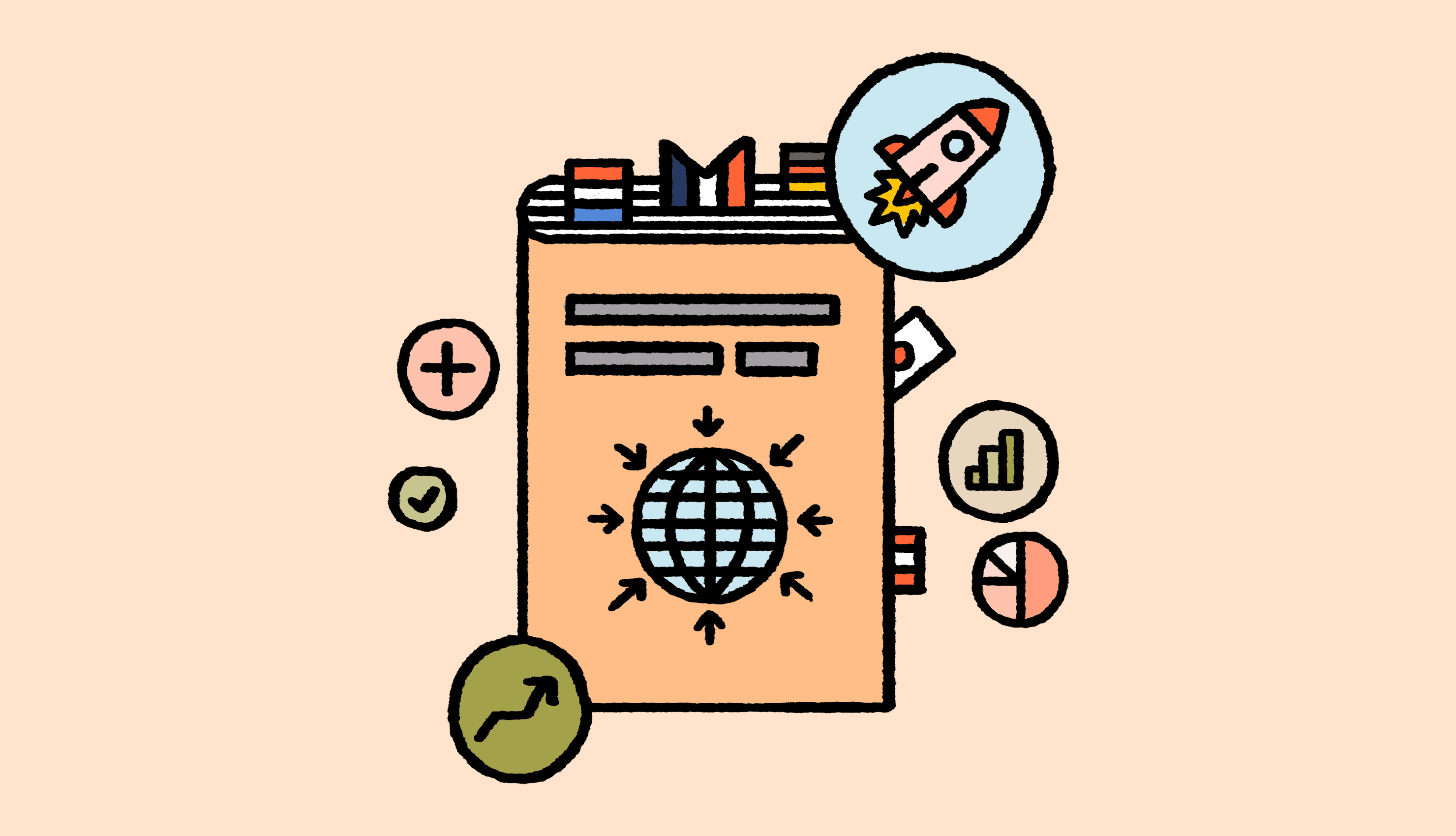Breaking into Asia isn’t just a growth play—it’s a strategic shift toward the world’s most dynamic, complex, and fast-evolving business arena. Across the region, industries are scaling at breakneck speed, digital adoption is accelerating, and cross-border partnerships are becoming the norm rather than the exception. But here’s the truth seasoned operators know well: opportunities don’t magically convert into revenue. They’re earned through precision, persistence, and an airtight strategy.
That’s where disciplined, intentional lead-generation efforts come in. Companies that succeed in Asia don’t rely on guesswork; they invest in targeted market approaches built on deep regional insight. This is exactly why many businesses turn to partners specializing in B2B Lead Generation for Asia—because navigating this region’s complexity requires more than broad-stroke marketing. It demands grit, cultural fluency, and a relentless commitment to data-backed decision-making.
Asia’s markets—from Japan’s structured corporate ecosystem to Vietnam’s emerging yet high-velocity industries—demand localized entry points. You can’t copy-paste strategies from the West and expect them to land. You must adapt, refine, and sometimes completely rewire your approach.
The companies that thrive here are the ones willing to challenge their assumptions, embrace the unfamiliar, and build trust the right way. As you step into this region, remember: scale doesn’t happen by accident. It happens because you made the strategic choice to understand the terrain at a granular level. And that begins with a smart, region-aware approach to B2B Lead Generation for Asia.
This market rewards boldness—but only when boldness is paired with discipline. The opportunity is real. The growth is real. And the question isn’t whether Asia is ready for you—it’s whether you’re prepared to meet Asia on its own terms.

The Asian Mosaic: Understanding the Region’s Complexity
If you approach Asia like a single market, you’ve already lost ground. The region is a mosaic—dense, layered, and shaped by centuries of cultural nuance, political evolution, and economic diversity. Japan operates on precision, long-term trust, and hierarchical decision-making. China thrives on speed, digital immersion, and ecosystem-level platforms. Southeast Asia, from Indonesia to the Philippines, is a hotbed of young, tech-driven consumers and challenger businesses.
Each market reacts differently to outreach, messaging, and sales motions. And this is exactly why businesses serious about regional expansion rely on insights-driven partners who specialize in B2B Lead Generation for Asia—because generic approaches die quickly here.
Communication style alone varies massively. In Singapore, directness is appreciated. In Thailand, subtlety matters. In South Korea, credibility comes from demonstrated expertise and consistent follow-through. If you want a buyer to listen, you must speak their language—not just linguistically, but strategically.
Even digital behaviors are wildly inconsistent across Asia. LinkedIn dominates professional networking in Singapore and India. In China, WeChat is the center of gravity. Japan leans heavily on email and corporate introductions. Southeast Asia, meanwhile, blends messaging apps, industry groups, and hyper-local communities.
What does this mean? Simple: your go-to-market motion must be modular, adaptive, and deeply rooted in local intelligence. A winning strategy in India can fail spectacularly in Taiwan. And in Asia, missteps aren’t easily forgiven—they erode trust, a currency far more valuable than leads.
To enter multiple Asian markets with confidence, you need a system built for regional diversity. And that system starts with choosing the right partners in B2B Lead Generation for Asia who understand the terrain and can map out a path that is culturally aligned and commercially sound.

Groundwork That Wins: Researching High-Potential Asian Markets
Before you run campaigns or deploy sales teams, you must do the gritty work—market research. Not the surface-level type, but genuine, on-the-ground intelligence gathering. Asia rewards patience and punishes assumptions. If you’re serious about multi-market expansion, that means unpacking industry demand curves, competitive dynamics, and buyer expectations in each region.
Start with demand mapping. Which sectors are scaling fastest? Which markets are oversaturated? Which verticals offer the highest lifetime value? A strong research foundation allows you to deploy resources where they yield the greatest return—something seasoned practitioners in B2B Lead Generation for Asia know intimately.
Next comes competitor analysis. In Asia, competition isn’t always visible. Local players may operate quietly yet hold significant market share. Understanding their positioning helps you identify the gaps—untapped industries, underserved buyer profiles, or unmet needs.
From here, build ICPs tailored to each region. Don’t recycle U.S. or European profiles—they rarely reflect Asia’s buyer psychology. An ICP for Malaysia looks nothing like one for Korea. Decision-making styles, budget authority, procurement timelines, and risk tolerance differ from market to market.
This stage isn’t glamorous. It’s meticulous. But if you skip it, your campaigns will hit the wrong prospects, at the wrong time, with the wrong message.
Expert operators in B2B Lead Generation for Asia excel because they combine data, cultural insight, and local experience to map opportunity with precision. And once your research foundation is solid, everything you build—messaging, outreach, partnerships—becomes sharper, stronger, and far more effective.

Localization That Converts: Crafting Market-Ready Messaging
If there’s one universal truth about Asia, it’s this: authenticity wins. Localized messaging isn’t just about translating words—it’s about translating intent, emotion, and value. A message that sparks interest in Singapore may come across as overly bold in Japan or insufficiently detailed in Vietnam.
This is why businesses that succeed across the region treat localization as a strategic function, not a cosmetic one. And it’s here where experts in B2B Lead Generation for Asia bring immense value. They understand the need for nuance.
Start with tone. Asian buyers often expect clarity, respect, and rationale. Overly casual language can feel unprofessional. Overly aggressive language can feel off-putting. The right tone earns trust—and trust accelerates deals.
Then consider cultural framing. In Korea, social proof from established brands carries weight. In Indonesia, relationships drive business momentum. In Japan, meticulous detail signals professionalism. In India, demonstrating efficiency and ROI is essential.
Your value proposition must shift subtly but deliberately across markets. The core product doesn’t change—but what you emphasize must. Lower risk? Greater efficiency? Local compliance support? Every region prioritizes differently.
Finally, your outreach cadence must reflect local expectations. Some markets welcome fast-moving engagement. Others expect a slower, consultative approach.
Localization is the bridge between your intent and your prospects’ reality. And the companies that win in Asia are those who invest in properly adapting their message—not because they have to, but because they respect the buyer enough to meet them where they are.
This is the difference between noise and resonance, between outreach and connection—between campaigns that fizzle and those powered by elite B2B Lead Generation for Asia execution.

Channels That Work: Where Asian B2B Buyers Actually Engage
Asia’s buyers don’t all gather in the same digital spaces—and understanding this landscape is half the battle. If your outreach strategy relies solely on Western platforms, you’ll miss the pulse of several major markets. That’s why companies committed to scaling across Asia partner with firms experienced in B2B Lead Generation for Asia—they know which channels convert and which ones waste your time.
LinkedIn serves as a powerhouse in India, Singapore, Malaysia, and Hong Kong. Decision-makers actively engage there, and sales teams can build meaningful pipelines. But if you try to use LinkedIn to penetrate China, Japan, or Vietnam at scale, you’ll struggle.
China revolves around WeChat—a hybrid universe of messaging, content, mini-apps, and enterprise-level communication. Japan leans heavily on email and long-standing relationship networks. Thailand and the Philippines rely on LINE and WhatsApp communities. Indonesia, one of the most mobile-first nations globally, often responds fastest through messaging apps combined with local industry groups.
Offline still matters, too. Trade shows, business events, and cross-border industry conferences carry immense influence in markets where relationship-building is the cornerstone of trust. A handshake here can outrank a dozen digital touchpoints.
Partnership networks also play a decisive role. Collaborating with resellers, distributors, or local agencies gives you instant credibility and access to warm prospect pools.
Understanding channel behavior is not optional—it’s foundational. And when your strategy aligns with buyer behavior, your odds of conversion climb dramatically.
Expert execution in B2B Lead Generation for Asia isn’t about spreading yourself thin—it’s about placing smart bets where attention is strongest and intent is highest.

The Hard Parts: Overcoming Barriers to Multi-Market Expansion
Scaling across Asia is rewarding—but it’s not for the faint of heart. You’ll be navigating a labyrinth of regulatory environments, cultural expectations, compliance thresholds, and operational inconsistencies. The companies that break through are the ones that stay resilient, adaptable, and grounded in strategic clarity. That’s why many lean on specialists trained in B2B Lead Generation for Asia—not because they can’t do it themselves, but because the margin for error is thin.
Regulatory friction is one of the first hurdles. Data protection laws vary dramatically. Marketing permissions differ widely. Company verification processes, procurement flows, tax rules, and contract requirements shift from market to market.
Operational alignment becomes another challenge. Managing sales teams across time zones and cultures isn’t as simple as deploying a universal playbook. You must adapt leadership styles, communication rhythms, and performance expectations.
Then comes the tension between centralization and localization. Too much central control, and your messaging falls flat. Too much local autonomy, and you lose consistency. Striking the right balance requires discipline and trust.
Finally, patience is non-negotiable. In many Asian markets, relationships mature slowly. Buyers expect reliability over time, not instant persuasion. Deals unfold through repeated interactions—not rapid-fire transactions.
Yet here’s what seasoned leaders know: every barrier removed becomes a competitive moat. Every challenge navigated becomes institutional wisdom. And every market conquered strengthens your foothold across the region.
That’s the gritty, honest truth about winning here. It’s not easy. But with the right systems, strong partners, and sharp B2B Lead Generation for Asia execution behind you—you don’t just enter Asia. You embed yourself into its economic fabric.
Conclusion: Your Momentum Starts with the Right Strategy
Breaking into multiple Asian markets demands humility, persistence, and a strategy rooted in real regional understanding. Asia is a powerhouse of opportunity, but it rewards those who respect its diversity and invest in truly localized engagement.
If you want predictable pipeline growth—not just vanity metrics—you need a framework built for Asia’s complexity. That means using the right channels, speaking to the right audiences, and delivering value in ways that resonate across cultures. It means leaning on partners who understand the nuances of B2B Lead Generation for Asia and can help you navigate the terrain with accuracy and intent.
The businesses that scale here aren’t always the loudest—they’re the ones with the sharpest strategy, the strongest execution, and the willingness to learn the region deeply.




